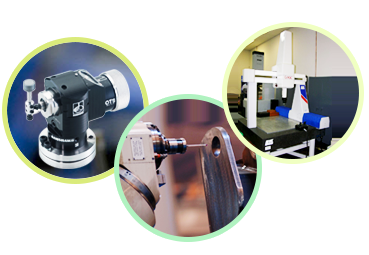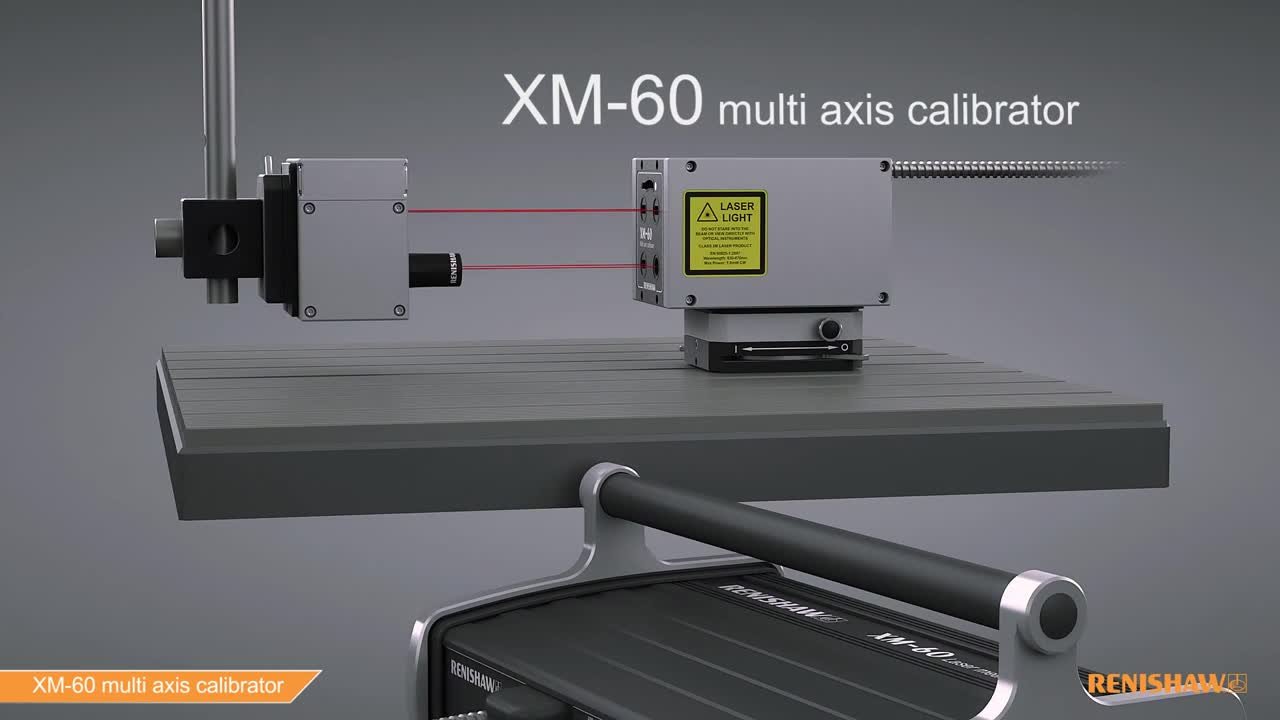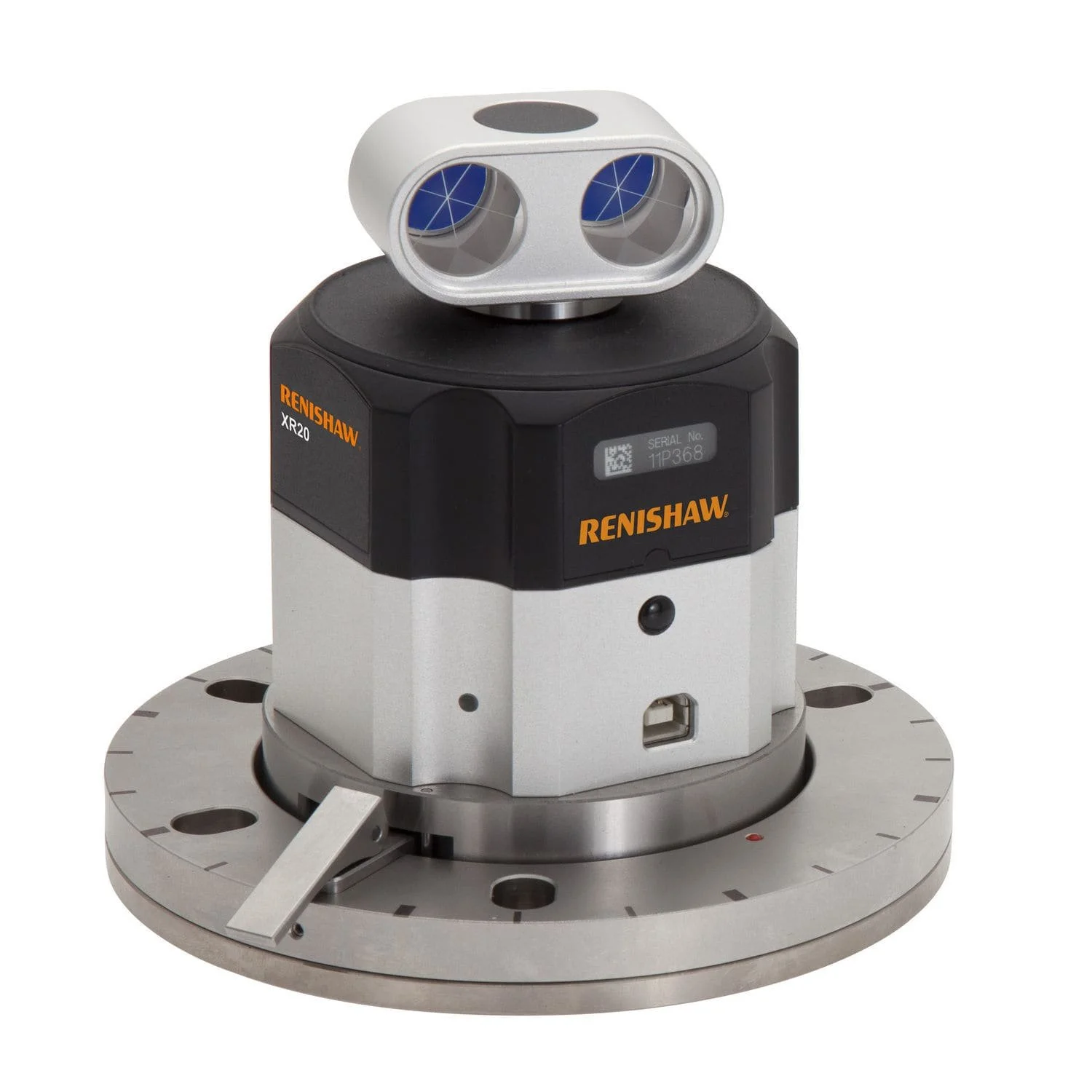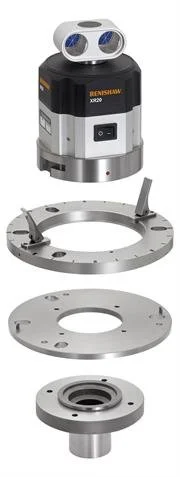
Calibration
XL80 Laser Calibration System
Portable laser measurement and calibration
The XL-80 laser produces an extremely stable laser beam with a wavelength that is traceable back to national and international standards.
Linear measurement accuracy is an assured ±0.5 ppm over the whole environmental range i.e. from 0 ºC - 40 ºC (32 ºF - 104 ºF) and 650 mbar - 1150 mbar. Readings are taken at 50 kHz, with a maximum linear measurement speed of 4 m/s and a linear resolution of 1 nm; even at maximum speed.
As the XL system uses interferometry as the basis for all its measurement options (not just linear), you can have confidence in the accuracy of all your measurements
Integrated USB I/F.
LED status lights
Long range mode up to 80m
Precision stage for fine adjustments
Warm up time less than 6 minutes
XM60 multi-axis calibrator
Addressing and rectifying errors in axis measurements can be a timely and inefficient challenge. This is where reliable laser systems for six degrees of freedom (6DoF) machine measurement becomes essential.
Renishaw's XM-60 multi-axis calibrator measures errors in six degrees of freedom along a linear axis, simultaneously from a single set-up. It uses comprehensive analysis software to investigate the relationship between different error types along axes and monitor the drift of a machine's performance over time. This leads to maximising productivity, efficiency, and output quality in a machine shop.
A multi-axis calibrator is an instrument used to calibrate and assess the accuracy of multiple axes in various motion systems and machinery. They are commonly used in applications such as manufacturing, robotics, CNC machines and coordinate measuring machines to maintain the precision and reliability of the equipment.
The XM-60 multi-axis calibrator has been designed by Renishaw to precisely measure errors in six degrees of freedom along a linear axis, simultaneously from a single set-up. When used with an XC-80 environmental compensator, linear measurements are automatically compensated to ensure high accuracy across the full environmental operating range.
For users of volumetric compensation the XM-60 system provides a quick and accurate method of data population. All measurements are made optically allowing use in any orientation.
XR20-W Rotary Axis Calibrator
Rotary Software Kit
RotaryXL was the first of Renishaw's revised software packages based around a distinctive and user-friendly interface gives users quick and simple control of their rotary calibration device (XR20-W) enabling fast test set-up and data collection. The software uses new screen layouts and graphics as well as preset templates for the most common ISO and ASME tests and simplified on screen options. Together with an ‘auto calibration' facility even less experienced users should be up and running very quickly.
Key benefits:
Wireless Operation
Flexible Mounting
Compact & lightweight
Off axis capability
Integrated target & alignment optics
New data collection software
Extended auto calibration cycles
Servo controlled drive
The XR20-W rotary axis calibrator is used in conjunction with the XL-80 laser to provide ±1 arc sec measurement accuracy.
Totally wireless operation and modular mounting systems ensure suitability for a wide range of machines.
QC20-W Wireless Ballbar
Regular ballbar testing of machine tools helps to:
Ensure accurate parts, first time, from CNC machines
Reduce machine down-time, scrap and inspection costs
Demonstrate compliance with machine performance and quality management standards
Implement fact based predictive maintenance.
Track machine accuracy trends and history.
The QC20-W system draws on Renishaw's many years of experience with ballbar testing and offers significant performance and operational benefits:
Bluetooth wireless technology ensures no wire handling issues, closed door operation and reduced possibility for system damage.
New hardware and software which allows a 'partial arc' (220°) test. This gives you greater test flexibility
Improved Z axis testing (no custom fixturing required)
Tests where axis travel is limited (typically Z axis on machining centres and X axis on lathes)
Ability to test 3 planes from a single set up, using 'partial arc' tests for 2 of the tests and present a 'volumetric analysis'
Faster data reading for enhanced analysis on small test circle and high feed rates.
Enhanced software includes many new features for extended testing and greater ease of use.
Machine Tool Performance Evaluation
Bluetooth wireless technology, totally revised electronics and enhanced test capability makes the QC20-W ballbar system even simpler to use and more powerful than it’s QC10 predecessor.
This telescoping ball bar provides a simple, rapid check of a CNC machine tool's positioning performance to recognized international
standards (e.g. ISO, ASME etc) allowing users to benchmark and track the performance of their machines and to quickly diagnose problems that may require maintenance and the error sources that produce them.







